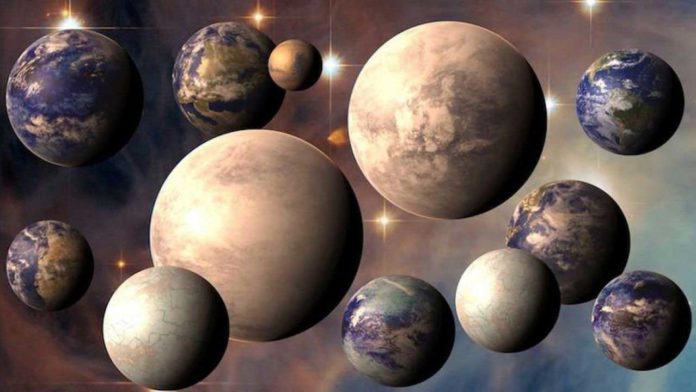Rory Barnes, an astrobiologist at the University of Washington, has recently created software called VPLanet that reproduces different parts of planetary evolution across billions of years, with an eye toward finding and contemplating conceivably habitable worlds.
The software works by linking different physical processes together in a coherent manner. Thus the effects or phenomena that occur in some part of a planetary system are tracked throughout the entire system.
The software can:
- Simulate newly discovered exoplanets to assess their potential to possess surface liquid water, which is a key to life on Earth and indicates the world is a viable target in the search for life beyond Earth.
- Model diverse planetary and star systems regardless of potential habitability, to learn about their properties and history, and
- Enable transparent and open science that contributes to the search for life in the universe.
Barnes said, “It’s designed for easy growth. Fellow researchers can write new physical modules and almost plug and play them right in. VPLanet can also be used to complement more sophisticated tools, such as machine learning algorithms.”
“An important part of the process is validation, or checking physics models against actual previous observations or past results, to confirm that they are working properly as the system expands.”
“Then, we connect the modules in a central area in the code that can model all members of a planetary system for its entire history.”
“And though the search for potentially habitable planets is of central importance, VPLanet can be used for more general inquiries about planetary systems.”
“We observe planets today, but they are billions of years old. This is a tool that allows us to ask: How do various properties of a planetary system evolve?”
Barnes discussed VPLanet and presented a tutorial on its use at the recent AbSciCon19 worldwide astrobiology conference, held in Seattle.
The research was done through the Virtual Planetary Laboratory and the source code is available online.
Barnes’s other faculty co-authors are astronomy professor Tom Quinn; Cecilia Bitz, professor of atmospheric sciences; and research scientist Pramod Gupta. Other UW co-authors are doctoral students David Fleming, Rodolfo Garcia, and Hayden Smotherman; and undergraduate researchers Caitlyn Wilhelm, Benjamin Guyer and Diego McDonald.
Other co-authors are Peter Driscoll of the Carnegie Institution for Science; Rodrigo Luger of the Flatiron Institute, Patrick Barth of the Max Planck Institute for Astronomy in Heidelberg, Germany, Russell Deitrick of the University of Bern, Shawn Domagal-Goldman of the NASA Goddard Space Flight Center and John Armstrong of Weber State University.
The research described it in a paper accepted for publication in the Proceedings of the Astronomical Society of the Pacific and funded by a grant from the NASA Astrobiology Program’s Virtual Planetary Laboratory team, as part of the Nexus for Exoplanet System Science research coordination network, or NExSS.
